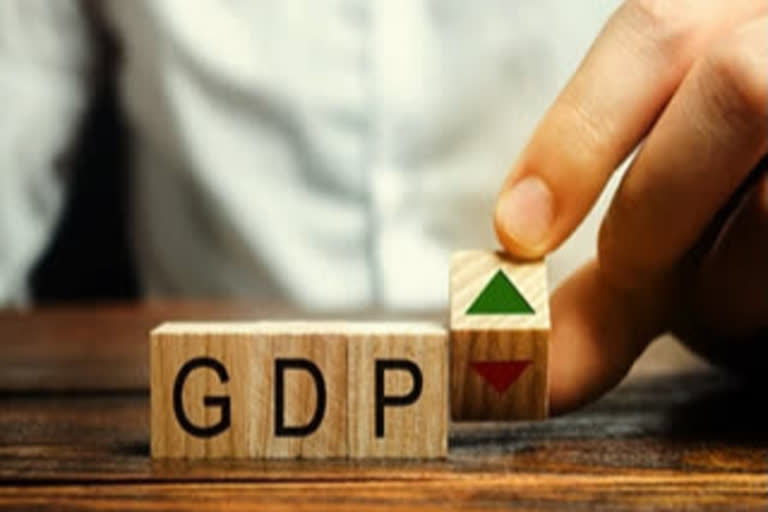New Delhi: India’s GDP growth is dependent on maintaining the momentum in the vaccination drive and if the country fails to vaccinate all adult population by the end of this year then the country’s GDP growth will slip by half a percent, from 9.6% to 9.1%, said India Ratings & Research on Monday as it lowered its projection for GDP growth this year. In the report, Sunil Sinha, Principal Economist of India Ratings and Research, said it was almost impossible for the country to achieve the target by the year end.
“Going by the pace of vaccination, it is now almost certain that India will not be able to vaccinate its entire adult population by 31 December 2021,” he said. India Ratings estimates that the country needs to administer 5.2 million doses per day after 18 August this year to vaccinate 88% of the adult population by the year's end, and also to administer at least one dose to the rest of the adult population by March next year.
However, the agency revised its GDP growth forecast to 9.4%, instead of 9.1% as it estimated a much better rebound seen in some high frequency indicators after the second Covid wave might compensate for some of the losses to the GDP. First, with the ebbing of a ferocious second Covid wave, several high frequency indicators are showing a faster rebound than expected. Secondly, kharif sowing is indicating a significant pick-up with the revival of south-west monsoon. Lastly, exports volume and growth showed a surprise turnaround in the first quarter of this fiscal.
What is slowing down GDP growth?
According to agency analysts – Sunil Sinha, Devendra Kumar Pant, its Chief Economist and Paras Jasrai, private expenditure, measured as Private Final Consumption Expenditure (PFCE), which had turned positive in the fourth quarter of last fiscal after three quarters of negative growth, was hit hard by the second Covid wave. “COVID 2.0 hit the country in April and May 2021 with such speed and scale that once again there has been a push back to PFCE,” they said in the report.
“Ind-Ra thus expects PFCE growth to come in at 10.4% yoy in FY22 compared with 10.8% projected earlier,” added the economists. The report also highlights the fact that the Indian economy was witnessing a consumption slowdown even before the Covid-19 global pandemic hit it in March last year. The annual growth in the private consumption, which was 8.1% in FY 2016-17 had declined to just 5.5% in the FY 2019-20.
In November 2016, Prime Minister Narendra Modi had implemented a shock ban on high value currency notes that sucked 85% of the currency-in-circulation out of the system and severely affected the unorganised sector, and small and micro industries. It left a long lasting impact on the country’s economy. The report said the decline in private consumption was even sharper if it was analysed on a quarterly basis. In the fourth quarter of FY 2019-20, the PFCE declined to just 2% as against 11.2% in the third quarter of FY 2016-17. “The lockdown caused by Covid-19 in FY 2020-21 only aggravated it as jobs, livelihoods and household budgets were severely dented,” said the economists.
Private consumption biggest component in GDP
A decline in private consumption is worrisome for policy makers, as PFCE accounts for the largest component among the demand side drivers of a country’s GDP. PFCE accounted for 58.6% in last fiscal’s GDP, followed by three other drivers, gross fixed capital formation (GFCF) at 27.1%, exports at 18.1% and the public expenditure, measured as the government final consumption expenditure (GFCE) at 12.5%.
An analysis of National Accounts Data shows that of the four demand-side growth drivers: private consumption, public expenditure, gross fixed capital formation and exports, only public expenditure (GFCE) showed somewhat decent average growth of 5.7% during the last three financial years, FY 2018-19, FY 2019-20 and FY 2020-21. Three other demand drivers, private consumption, gross fixed capital formation and exports during this period showed low average growth at 1.3%, 1.5% and 1.5%, respectively.



